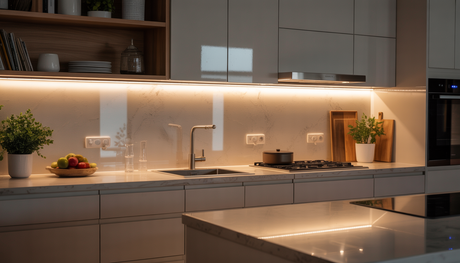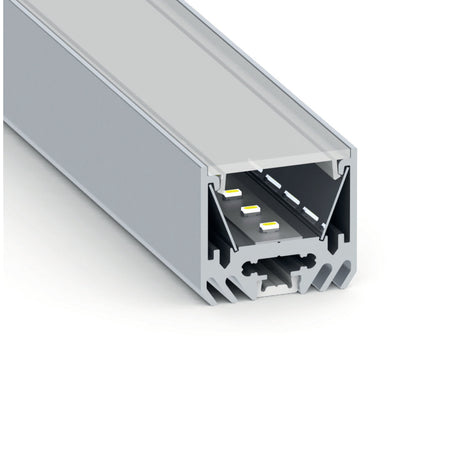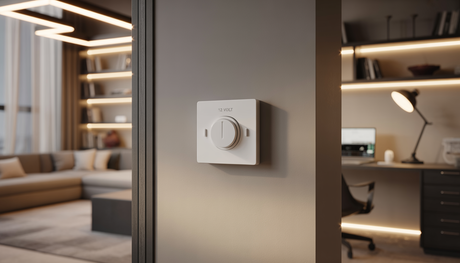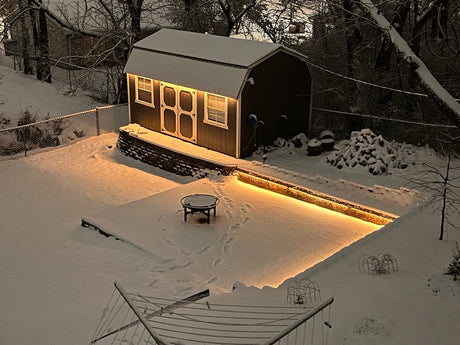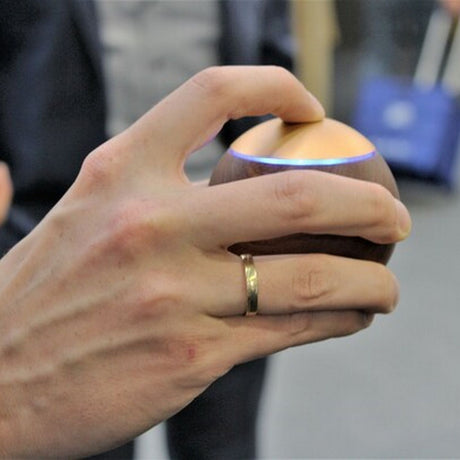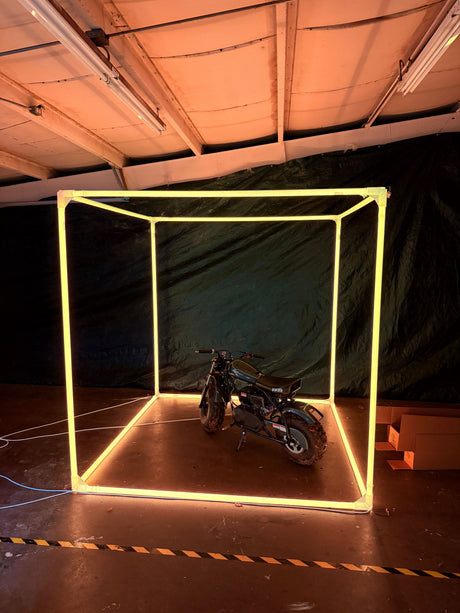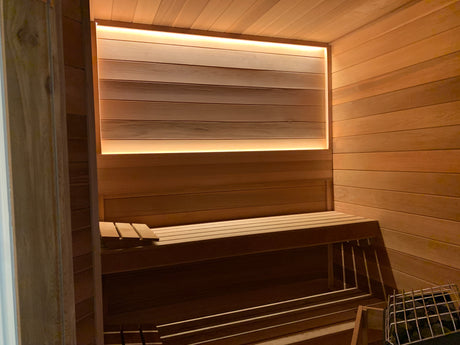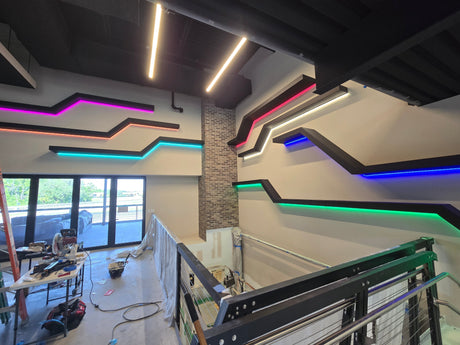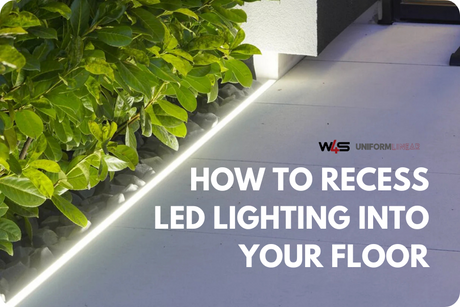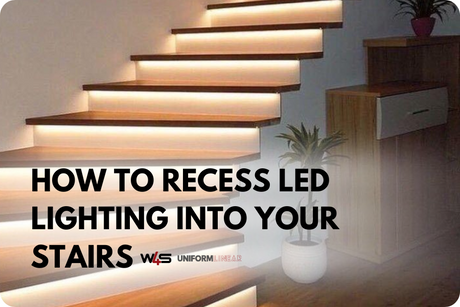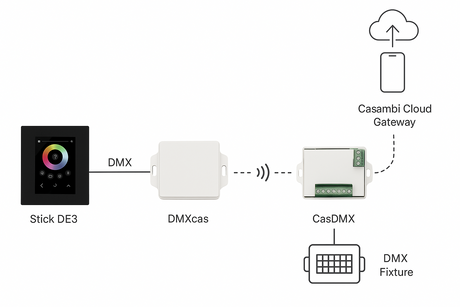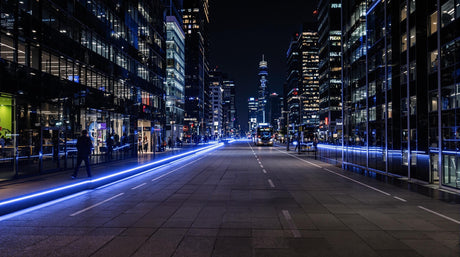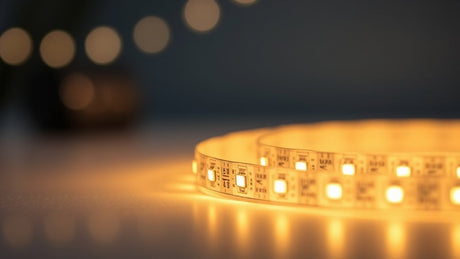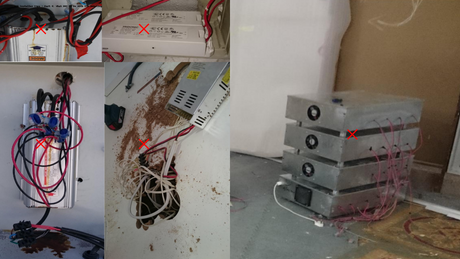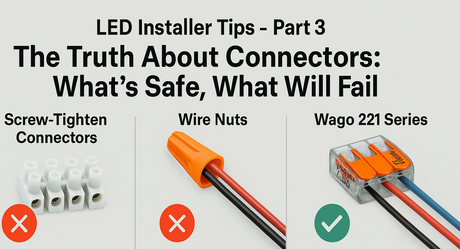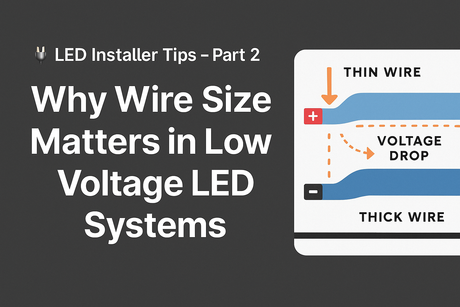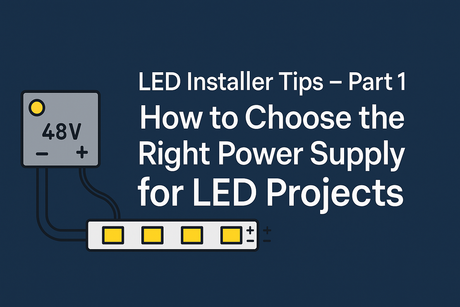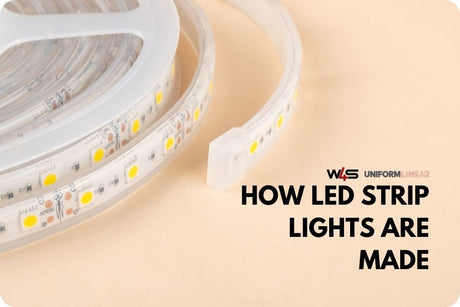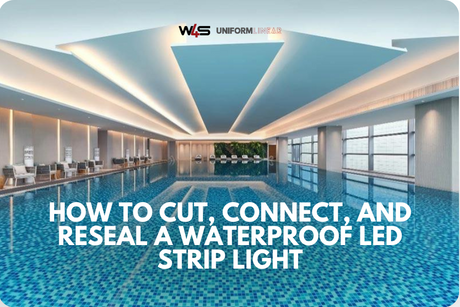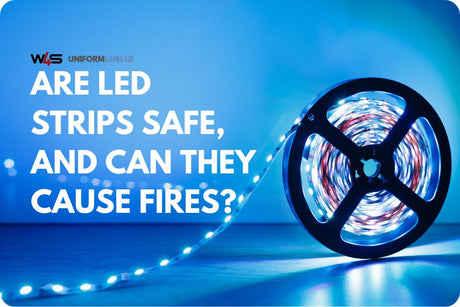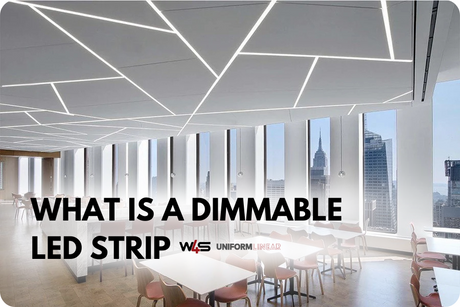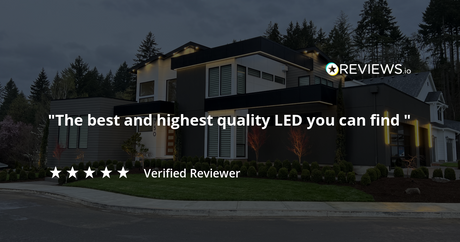When installing LED strips for outside use, especially for wet areas, ensuring you have the right components is essential for longevity, safety, and efficiency. Wet locations, such as patios, poolsides, or exposed architectural spaces, demand lighting that can handle the elements.
Choosing the right LED channel helps ensure the waterproof LED strip is protected while maintaining optimal light output.
Assess the Environmental Exposure
The level of exposure to moisture is one of the first factors to consider when selecting LED channels and LED strip exteriors for wet locations. If your lighting setup will be installed in areas regularly exposed to rain, such as open walkways or around pools, selecting a product with at least an IP65 rating is crucial. An IP65 rating ensures your water-resistant lights are well-protected from dust and low-pressure water jets.
However, for harsher environments where direct water exposure is unavoidable, such as underwater installations, you’ll need waterproof LED strips with an even higher rating. When choosing lighting LED lights for such conditions, always verify their water resistance capabilities.
Choose the Right Material for LED Channels

To safeguard your lighting setup in wet or outdoor areas, the material of the LED channel plays a significant role. Aluminum channels are popular for their durability and ability to dissipate heat efficiently, which is important for the longevity of your energy-efficient lighting. These channels ensure the strips stay in place while also offering a sleek, professional finish.
For installations near saltwater environments, consider using high-quality aluminum channels that resist corrosion. Proper housing will keep your outdoor lighting functioning optimally and help maintain the integrity of the light strips in changing weather conditions.
Waterproofing and Sealing Methods
Ensuring the installation is properly sealed is essential, especially in high-moisture environments. If you're using RGB LED or single-color LED strips outdoors, look for channels with secure sealing mechanisms. These ensure no water can penetrate the housing and damage the lighting fixtures.
When using cool white or warm white strips, sealing is particularly important, as improper installation could affect the light emitted. Waterproof seals help maintain consistent lighting in various weather conditions, and they are especially useful for wet locations like pool decks or garden paths.
Temperature and Light Color Considerations

Outdoor and wet area installations often benefit from color temperatures that suit the ambiance you're trying to create. Whether you need warm white for a cozy, inviting atmosphere or cool white for bright, functional lighting, the correlated color temperature (CCT) is a vital aspect to consider.
For example, outdoor decorative lighting near patios or dining spaces typically benefits from a warm white glow, while cool white or RGB LED lights are more suitable for vibrant areas like pool surroundings or entertainment spaces.
Choosing a single-color LED or RGB LED setup will depend on the overall lighting goals. For flexible outdoor environments, RGB systems offer versatility by allowing the lighting to shift between red, green, and other colors, creating dynamic effects.
Mounting Techniques for Outdoor Installations
When selecting channels for LED strip lights outdoors, it's important to consider the surface mount. Adhesives can work for certain applications, but clips or screws are generally recommended for long-term durability, particularly in areas with heavy moisture exposure.
Proper mounting ensures that the strips stay securely in place, making the lights perfect for outdoor installations. With waterproof LED strips and strong channels, your lighting setup can work well in wet areas. For high-quality outdoor lighting, combining reliable channels and secure mounting methods is essential.
Power Supply and Voltage Considerations

In wet environments, ensuring the power supply for your LED light strip outdoor setup is adequately protected is critical. Outdoor-rated power supplies must be chosen based on the voltage requirements of your LED strips, which usually come in 12V or 24V variants.
To ensure the system is safe and runs efficiently, select a power supply that matches the output needs of your energy-efficient lighting while offering the appropriate level of waterproofing.
FAQs
Here are some common questions about this specific topic:
Are LEDs waterproof?
Not all LEDs are waterproof. To use LED lights in wet locations, select waterproof LED strip lights specifically designed for outdoor conditions. Always check the product specifications to ensure that they are rated for water resistance and suitable for your intended application.
Outdoor waterproof LED strip lights with a proper IP rating are designed to handle water exposure, making them ideal for wet locations.
How do you waterproof LED strip lights for outdoor use?
LED strips for outdoor use come with pre-applied waterproof coatings, but the key to ensuring durability lies in selecting the right channel with secure sealing. Proper installation of your lighting applications and choosing the right IP65-rated products will help you achieve a robust, waterproof setup.
What is the difference between waterproof and water-resistant LED lights?
Waterproof lights are designed to handle complete water immersion, while water-resistant lights are suitable for areas that may encounter occasional splashes or rain. When choosing between the two for LED-for-water projects, consider the specific demands of your installation site.
Conclusion
Choosing the right LED channel for wet and outdoor areas is important.
You need to ensure it is durable and properly sealed. Selecting materials, from the wide range of selections in the market, is also essential.
To create a good lighting setup, think about waterproofing, mounting methods, power supplies, and color temperature. This will help you achieve a functional and attractive design that lasts, no matter the weather.
Just remember to always take every aspect, other than price, into consideration when you’re choosing your LED products.
If you still have more questions about everything LED, contact us today!





